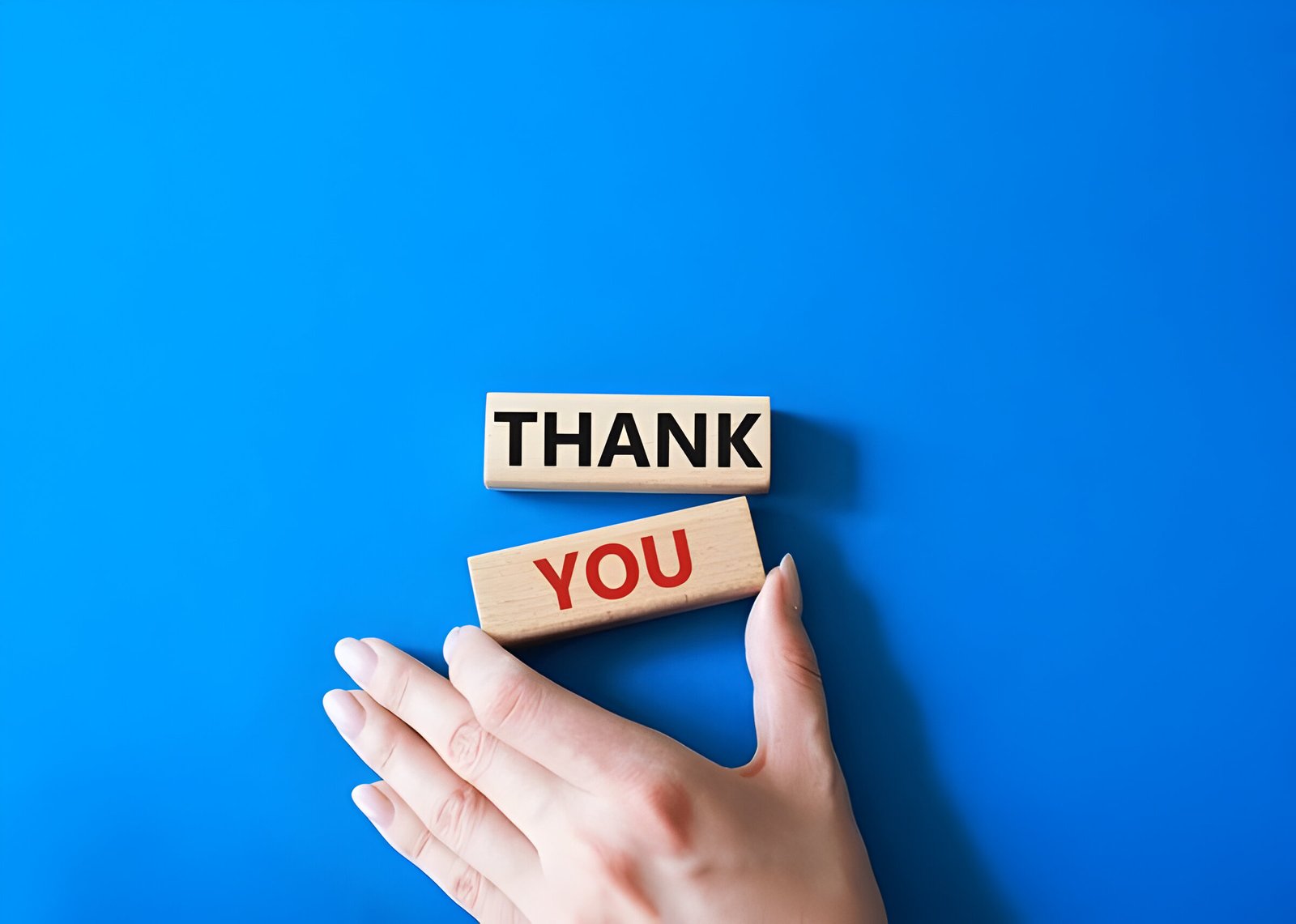Learning how to say thank you in sign language is an essential skill that bridges communication gaps and fosters inclusivity. Sign language, a visual form of communication used by deaf and hard-of-hearing individuals, allows for the expression of gratitude through gestures. Mastering this simple yet powerful sign has an impact on interactions with the deaf community and enhances overall communication abilities.
This article explores the basic “thank you” sign in sign language and its common variations. It provides guidance to practice and perfect the gesture, ensuring proper execution. By delving into the nuances of expressing gratitude through sign language, readers will gain a valuable tool to demonstrate politeness and appreciation in both personal and professional settings. This knowledge opens doors to connect with a wider range of individuals and promotes a more inclusive society.
The Basic ‘Thank You’ Sign
How to Say Thank You in Sign Language: The Basic Gesture
To sign “thank you” in American Sign Language (ASL), one starts with an open hand, fingers together, and thumb extended away from the palm. The dominant hand is used, which is typically the hand used for writing. The palm faces the body, with fingers pointing upward, positioned near the mouth or chin.
Understanding Hand Position: How to Say Thank You in Sign Language
The hand moves forward and slightly downward in a short arc, originating from the elbow rather than the wrist. This motion resembles blowing a kiss or sending gratitude forward. The palm remains facing the signer, with the outside of the hand facing the person being thanked. For emphasis, the sign can be repeated or performed with both hands.
Facial Expressions and Their Role in How to Say Thank You in Sign Language
Facial expressions play a crucial role in ASL. While signing “thank you,” a genuine and appreciative facial expression enhances the sincerity of the gratitude. This non-manual component is essential to convey the full meaning and emotion behind the gesture.
Exploring Variations: How to Say Thank You in Sign Language with Emphasis
Two-Handed Sign
While the basic “thank you” sign uses one hand, a two-handed variation exists to express heightened gratitude. This version involves performing the same motion with both hands simultaneously. It has an impact on conveying a sense of “thank you very much” or “thanks so much.” This variation is particularly useful when addressing a larger audience or emphasizing deep appreciation.
Emphatic Thank You
To express profound gratitude, signers can repeat the “thank you” gesture multiple times. This repetition, combined with using both hands, conveys “many thanks” or a strong feeling of thankfulness. The intensity of the movement and the number of repetitions correlate with the level of appreciation being expressed.
Casual Thanks
In informal settings, alternative gestures can replace the traditional “thank you” sign. These include a simple thumbs-up or the “OK” sign, both indicating “no problem” or “all good.” These casual variations have gained popularity in recent years, offering a more relaxed way to acknowledge gratitude in everyday interactions.
How to Practice Saying Thank You in Sign Language: Tips and Techniques
Mirror Practice
Practicing in front of a mirror has an impact on improving sign language skills. It allows individuals to see their hand movements and facial expressions clearly. Signers should focus on maintaining proper hand positioning and executing the correct motion. Regular mirror practice helps refine the gesture and build muscle memory.
Real-Life Application
To truly master the “thank you” sign, individuals should apply it in real-life situations. This involves using the sign with deaf and hearing people alike. Casual variations, such as a thumbs-up or “OK” sign, can be used in informal settings. These alternatives have gained popularity for expressing gratitude in everyday interactions.
Common Mistakes to Avoid
New signers often make mistakes when learning ASL. These include overusing topic-comment sentences, rhetorical questions, and exaggerated facial expressions. It’s crucial to avoid relying too heavily on fingerspelling and to use the correct facial expressions for conveying meaning. Signers should also refrain from signing words in English word order, as ASL has its own unique syntax.
Conclusion
Mastering the art of saying thank you in sign language opens up a world of inclusive communication. This simple yet powerful gesture has an influence on bridging gaps between deaf and hearing communities, fostering a more understanding and connected society. By learning the basic sign, its variations, and practicing regularly, individuals can effectively express gratitude in both personal and professional settings, enhancing their overall communication skills.
The journey to learn sign language doesn’t end with mastering “thank you.” It’s just the beginning of a path to explore a rich and expressive form of communication. This skill not only allows for meaningful interactions with the deaf community but also broadens one’s perspective on language and non-verbal expression. As more people embrace sign language, even in small ways, we move towards a more inclusive world where everyone’s voice can be seen and understood.
Also Read: how to treat dog ear infection without vet
FAQs
- What is the basic sign for “thank you” in American Sign Language (ASL)? The basic sign involves starting with an open hand near the chin and moving it forward in a short arc.
- Can “thank you” be signed with both hands? Yes, a two-handed version can be used to emphasize greater gratitude, performing the same motion with both hands simultaneously.
- How important are facial expressions when signing “thank you”? Facial expressions are crucial in ASL, as they add sincerity and emotion to the gesture. A genuine, appreciative expression enhances the meaning.
- Are there informal ways to express “thank you” in sign language? Yes, informal alternatives include a thumbs-up or the “OK” sign, which convey gratitude in casual settings.
- How can I practice the “thank you” sign effectively? Practice in front of a mirror to see your hand movements and facial expressions. Use the sign in real-life interactions to build confidence.
- What are some common mistakes to avoid when signing “thank you”? Avoid overusing English word order, relying too much on fingerspelling, and neglecting appropriate facial expressions.
- Can I use the “thank you” sign with both deaf and hearing individuals? Yes, using the sign with both deaf and hearing people is encouraged to show appreciation and foster inclusivity.
- How can I enhance my sign language skills beyond “thank you”? Continue learning other signs and engage with the deaf community to improve your overall sign language proficiency.
- Is the “thank you” sign the same in all sign languages? No, sign languages vary by region and community. This guide specifically covers American Sign Language (ASL).
- What are some resources to further my learning in sign language? Consider taking sign language classes, using online tutorials, and practicing with native sign language users to enhance your skills.




